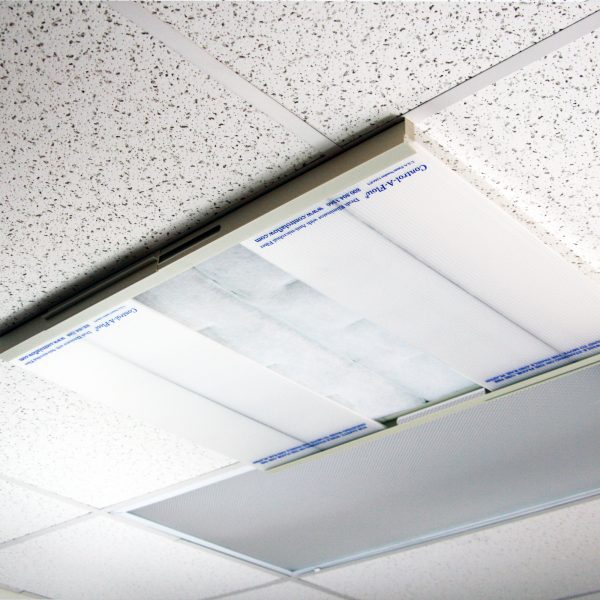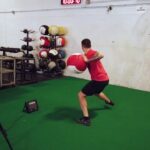
Ensuring an optimal environment for employees and visitors in this competitive business world is paramount. The HVAC duct air flow diverter, an often overlooked tool, promises improved indoor air quality, enhanced comfort, and potentially significant cost savings. But how does the investment weigh against the returns? Let’s dive deeper into a detailed cost-benefit analysis.
Initial Cost Of Investment
The upfront expenditure when considering an upgrade to the indoor environment is the procurement of the air diverter units. Depending on the expanse and intricacy of the commercial establishment, one might require multiple units to achieve the desired effects. Products like the Control-A-Flow Draft Eliminator present various options in terms of numbers (single units to packs) and additional features (with or without filters). This array of choices implies a varying initial investment, which becomes the starting point of our analysis.
Potential Savings
Energy Savings: Superior air management is synonymous with energy efficiency. An HVAC duct air flow diverter ensures that anomalies in room temperature, often manifested as hot or cold pockets, are addressed. The resulting uniformity in temperature means that HVAC systems don’t overwork to compensate for these anomalies. This directly implies reduced energy consumption, translating to tangible monetary savings. Over an extended period, these savings can be significant enough to offset and justify the initial investment in air diverters.
Reduced Sick Days: A non-trivial fraction of sick leaves can be directly or indirectly linked to sub-optimal indoor environments in the commercial sector. Drafts, especially cold ones, are notorious culprits leading to illnesses. By proactively managing drafts and ensuring filtered air circulation, the HVAC duct air flow diverter plays a crucial role in minimizing employee absenteeism due to health reasons.
Increased Productivity: Comfort is an often-underestimated driver of productivity. If employees expend energy battling drafts or if frequent illnesses interrupt their work rhythm, their output is compromised. Air diverters can tangibly boost workforce efficiency by ensuring a consistent and comfortable ambiance.
Other Intangible Benefits
Beyond the direct monetary implications, there’s a spectrum of intangible benefits to be explored:
Enhanced Reputation: Demonstrating a commitment to employee well-being through air quality and comfort investments can significantly elevate a company’s stature as an employer of choice. This not only aids in attracting top talent but also in retaining them.
Reduced Wear And Tear On HVAC Systems: Efficient airflow, courtesy of the HVAC duct air flow diverter, reduces the strain on HVAC systems. This can extend the system’s life, minimize downtime, and curtail maintenance expenses.
Final Thought
In the financial matrix of costs versus benefits, the HVAC duct air flow diverter emerges as a compelling investment for commercial establishments. The tangible savings in energy, health, and productivity are complemented by intangible benefits, presenting a robust case for their inclusion in modern infrastructure.
Choosing a reliable brand is as essential as the decision to invest. Comfort First products, renowned for their quality and effectiveness, offer various solutions tailored to diverse commercial needs. When aiming for the best indoor air management, making Comfort First Products your partner of choice ensures that your investment is safe and promises maximum returns.

